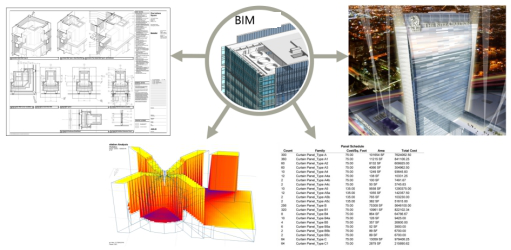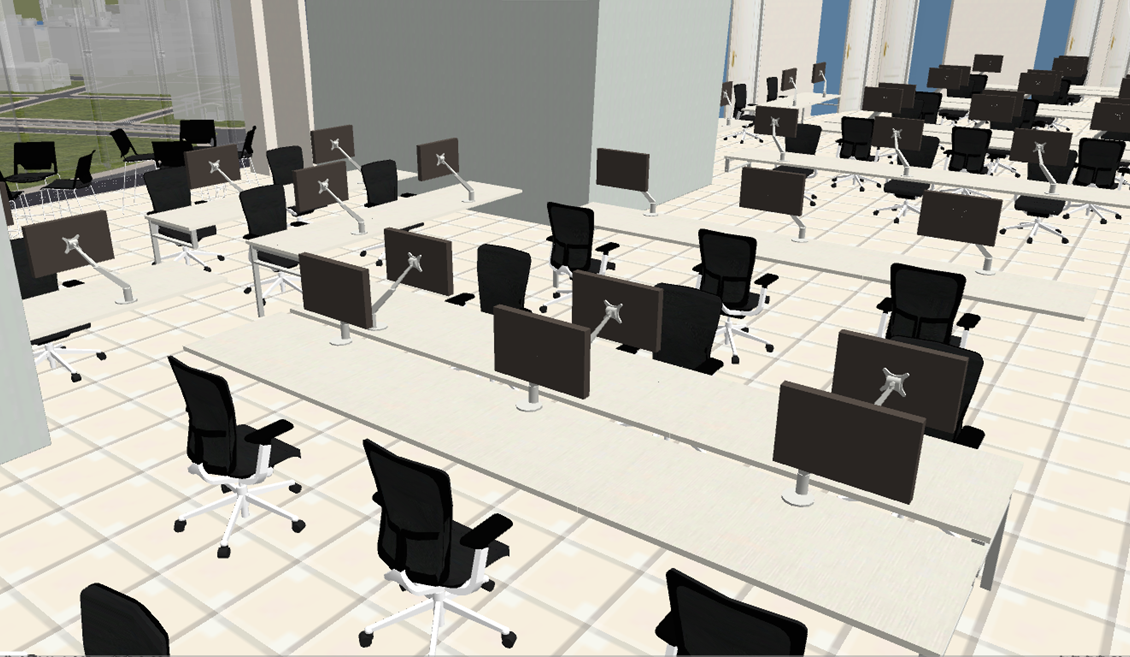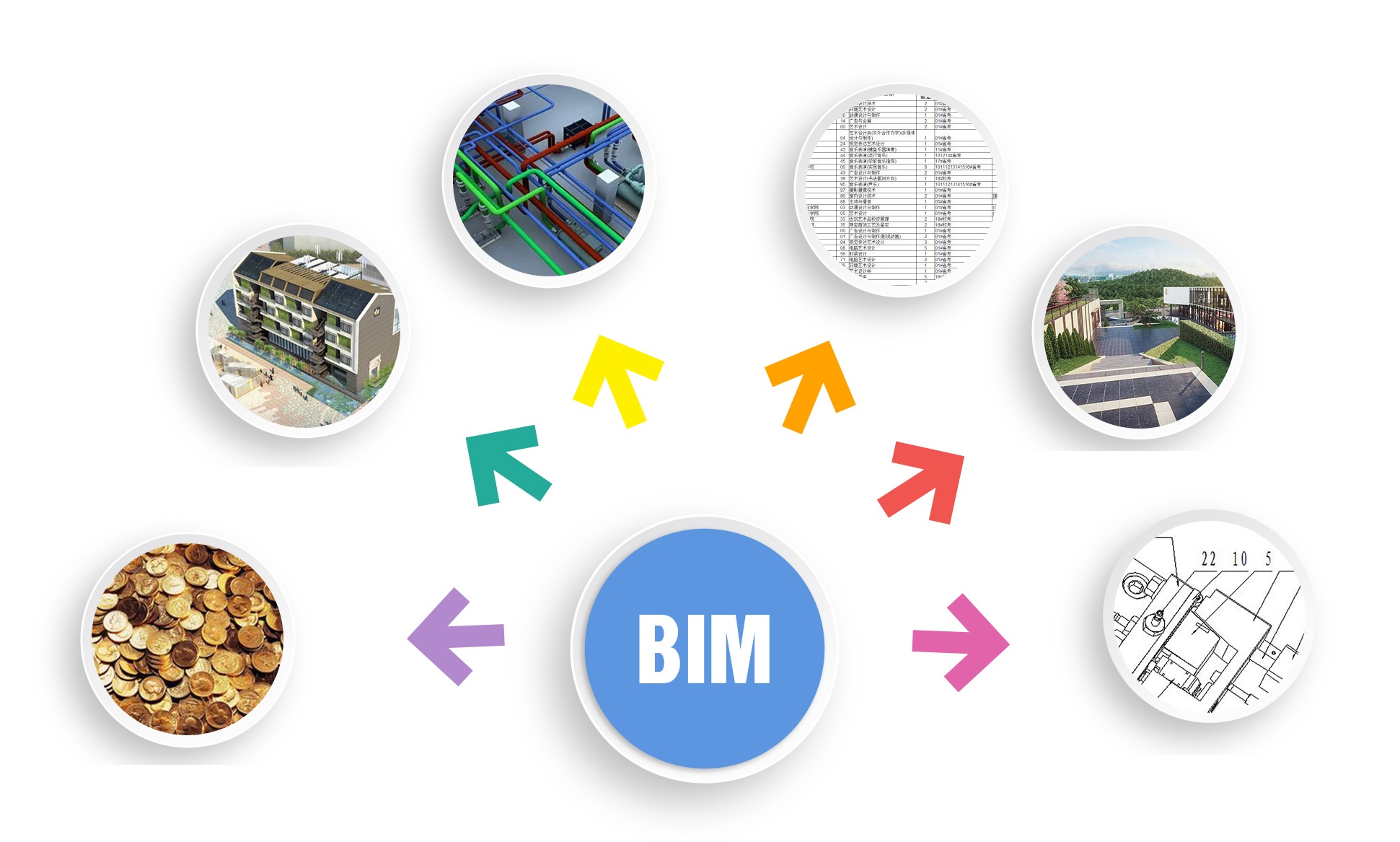Currently, GIS technology has been widely used in building information management, urban information management, such as grid system, public information system, etc. Based on the GIS technology, the public information and management information of controlling areas can be displayed visually. The combination of GIS technology and the business data such as process and real-time monitoring information can carry out the efficient information management.

The advantage of GIS application in building management is that it can directly reflect the geographical distribution of the building. It also reflects the various management elements of the building through vector information, and realizes the information management of the building through the integration and interaction of vector geographic information and business information.
Also, BIM has been widely used in the architectural design and construction stage. However, it is still in its start stage in building management. Some high-end construction projects (such as Shanghai Center) have realized the integration of operational data through BIM and established operation management applications of asset management, energy management, environmental management, safety management, emergency management, equipment monitoring management, and equipment maintenance management based on BIM, so as to provide managers with a more directive and efficient management method.

Facility and Equipment Information Management
BIM+GIS technology can provide complete facilities and equipment information management elements for buildings. Those elements are as a carrier to superimpose various kinds of equipment-related data such as equipment intelligent monitoring information and equipment inspection information. Based on data correspondence, the linkage analysis of various types of information and the convenient and accurate information management of facilities and equipment can be realized.
For instance, in the case of device failure, the device can be quickly located through the GIS technology. Through the BIM model, the various related operational management information of the device can be retrieved, such as querying the trend of the device's recent monitoring parameters, analyzing the cause of the problem, and querying the repair records of the device to see if it is a recurring problem or a problem caused by prior processing.
Space Management
Space management can be understood as various management tasks related to building space, including spatial information management, lease management, and event management. GIS and BIM are information technologies directly related to space. They can provide direct carrier for space management. And through the association of spatial basic information, rental information, and event information, a more convenient space management visualization tool can be formed.
In addition, GIS technology has advantages in the analysis of commercial site selection. By analyzing the overlapping of commercial data and spatial location in population, passenger flow, transportation, market competition, etc., it forms a reference for site selection, which can support the decision making for building operations such as distribution planning and investment management in a visual way.
Emergency Response
BIM+GIS technology also plays an important role in emergency response. Emergency response is the top priority in building management. When a major accident occurs, the efficiency of emergency response will greatly affect the rescue result of the accident, for that the emergency response involves emergency information acquisition and emergency evacuation. In the aspect of emergency information acquisition, BIM can visually display the specific location of the accident, as well as obtaining the latest surveillance cameras, smoke detectors, temperature sense and other equipment through the spatial distance analysis of GIS technology, so as to know the situation of the accident before the arrival of staffs based on video and monitoring parameters. Meanwhile, through BIM model, the distribution of relevant emergency equipment (fire hydrant, etc.) will be displayed to assist the emergency response. In the aspect of emergency evacuation, the optimal evacuation route analysis technology of GIS can offer reference for executives.
Building Operation Service
BIM+GIS technology also provides a variety of convenient services to users in the building. For instance, in some relatively complex buildings, such as skyscrapers, parks and business zones, it can display the company information and retail information of each space through space display and the optimal path analysis through GIS to provide navigation services to users. When deliver the place to the tenant, managers can use the space and device association logic of BIM to provide tenant with a list of equipment included in the space, and use the BIM model to show the specific situation of the original space, including concealed projects, to provide reference for the tenant's secondary decoration.

Space management based on BIM
In addition, BIM + GIS technologies also have technical advantages of 3D visualization, data logic, spatial analysis and others in building operation energy management, safety management, environmental management to improve operational management efficiency and quality. The building operation management based on BIM+GIS is an upgraded version of information management. Its full application will form a new mode of building operation management. Through the information integration and intelligent application, the labor cost of operation management will be reduced, and management efficiency will be improved.
BIM+GIS in Building Information Management>
BIM+GIS Application in Life Cycle Digital Management of Yalong River Hydropower>
BIM+GIS Application in Urban Rail Transit System>